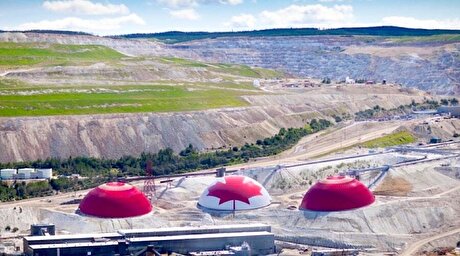
Iran Posts 18% Rise in Non-Oil Exports
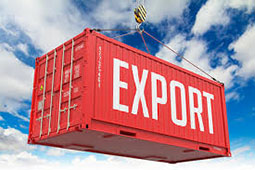
New statistics released by Iran’s Customs Administration on Monday put Iran’s foreign trade over the past 11 months of the current Iranian calendar year at around $80 billion.
Iran’s exports during the 11-month period stood at $38 billion while the country’s imports from different countries in the mentioned period was about $40 billion, according to the report.
The statistics suggest that the country’s non-oil exports amounted to near 125 million tons of commodities valued at around $38.5 billion.
The figure shows a 17.61% increase in terms of weight and a 4.48% decrease in terms of value compared to figures from the same period last year.
The statistics also showed a 10.84% of increase in terms of weight in the country’s imports of commodities while they said the imports registered a 2.31% growth in terms of value compared to the preceding year.
Basic goods accounted for some 65% of the country’s imported commodities during the mentioned period.
China, with a 23% share of Iran’s exports which has exported some $8.8 billions of commodities from the country, was the main importer of the Iranian goods.
Iraq, Turkey, the UAE, and Afghanistan were other main destinations for Iranian commodities following China.
China also exported some $10.1 billions of goods to Iran to have a 25.3% share from the country’s import market being the main exporter of goods into Iran.
The UAE, Turkey, India and Germany were other main exporters of goods into Iran following China.
Iranian officials started planning for policies to counter the US possible sanctions a year before US President Donald Trump entered into office in early 2017. The policies are now proving effective as economic indexes are indicating inefficacy of the US pressures.
Washington’s unilateral sanctions against Tehran began in November 2018, five months after US President Donald Trump withdrew from an international deal on Iran’s nuclear program.
Claiming that the bans were working properly, Trump tightened them in May 2019, only to see that Iran was finding new solutions to recoup the losses.
Early in July, Iranian Industry Minister Reza Rahmani said that despite US efforts to cripple Tehran’s economy, year-on-year comparison showed that the country’s domestic production increased in the first quarter of the local calendar year (March 21-June 21).
Early in January, Iranian Minister of Roads and Urban Development Mohammad Eslami said that the country's exports have outpaced imports despite the harsh US sanctions.
Iran is the only state in the world without foreign debt as the country's trade balance is now positive and exports have surpassed imports, Eslami said.
A great deal of development in the civil, water, electricity, gas and utility sectors have been made, and during the outrageous sanctions, the country has become a manufacturing workshop, he added.
In relevant remarks in December, Deputy Head of Iran Trade Development Organization Farhad Nouri said that the Iranian factories and manufacturers which were reliant on parts and intermediary products for their production are now either producing their needs themselves or buying them from their compatriot partners, adding that this is the plus point of US’ unilateral sanctions.
Sanctions are not a blessing but they have prepared the ground for economic activists to make efforts and the factories that imported their raw materials for more than two decades are now either producing themselves or buy them from local units, Nouri said in Arak, the central city of Markazi province.
He added that all types of goods worth 31.9 billion dollars were exported from Iran over the past nine months, reminding that trade worth of 63 billion dollars under the current economic condition is indebted to concerted efforts of the economic activists.
Nouri further noted that China, Iraq, UAE, Afghanistan and Turkey are major destinations for the Iranian exports while Turkey, UAE and Germany are biggest Iranian trade partners in field of imports.



Gold price eases after Trump downplays clash with Fed chair Powell

Copper price hits new record as tariff deadline looms
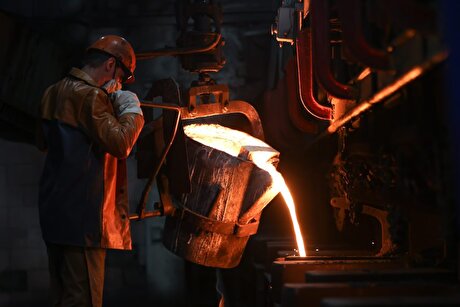
Brazil producers look to halt pig iron output as US tariff threat crimps demand
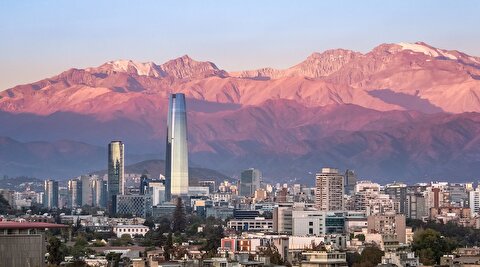
Chile’s 2025 vote puts mining sector’s future on the line

Gold price could hit $4,000 by year-end, says Fidelity

Three workers rescued after 60 hours trapped in Canada mine
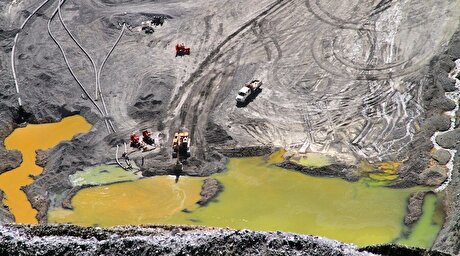
US targets mine waste to boost local critical minerals supply
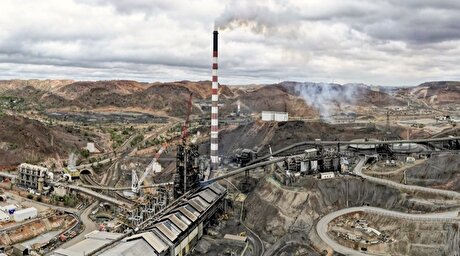
Glencore workers brace for layoffs on looming Mount Isa shutdown
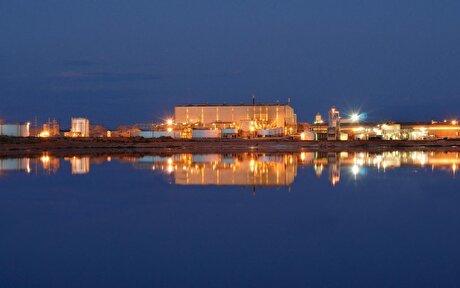
Energy Fuels surges to 3-year high as it begins heavy rare earth production
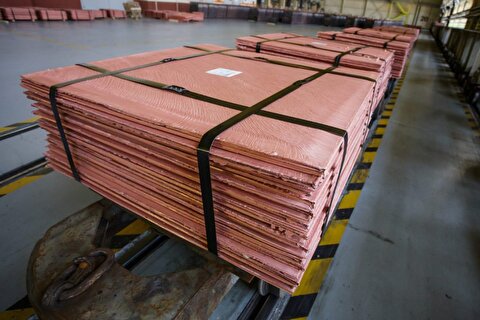
Trump tariff surprise triggers implosion of massive copper trade

Maxus expands land holdings at Quarry antimony project in British Columbia

BHP, Vale accused of ‘cheating’ UK law firm out of $1.7 billion in fees
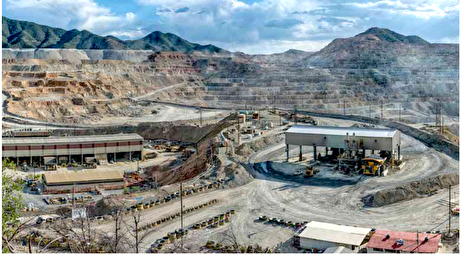
Southern Copper eyes $10.2B Mexico investment pending talks

American Tungsten gets site remediation plan approved for Ima mine in Idaho

Kinross divests entire 12% stake in Yukon-focused White Gold

Gold price could hit $4,000 by year-end, says Fidelity
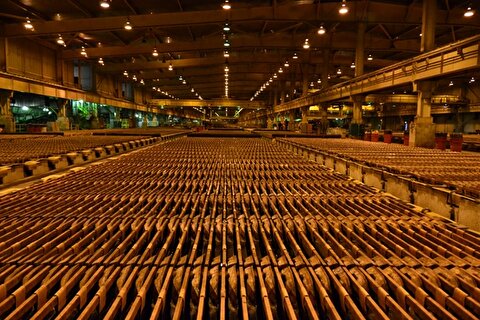
Southern Copper expects turmoil from US-China trade war to hit copper

Ramaco Resources secures five year permit for Brook rare earth mine in Wyoming

Column: EU’s pledge for $250 billion of US energy imports is delusional

Trump tariff surprise triggers implosion of massive copper trade

Maxus expands land holdings at Quarry antimony project in British Columbia

BHP, Vale accused of ‘cheating’ UK law firm out of $1.7 billion in fees

Southern Copper eyes $10.2B Mexico investment pending talks

American Tungsten gets site remediation plan approved for Ima mine in Idaho

Kinross divests entire 12% stake in Yukon-focused White Gold

Gold price could hit $4,000 by year-end, says Fidelity

Southern Copper expects turmoil from US-China trade war to hit copper

Ramaco Resources secures five year permit for Brook rare earth mine in Wyoming














